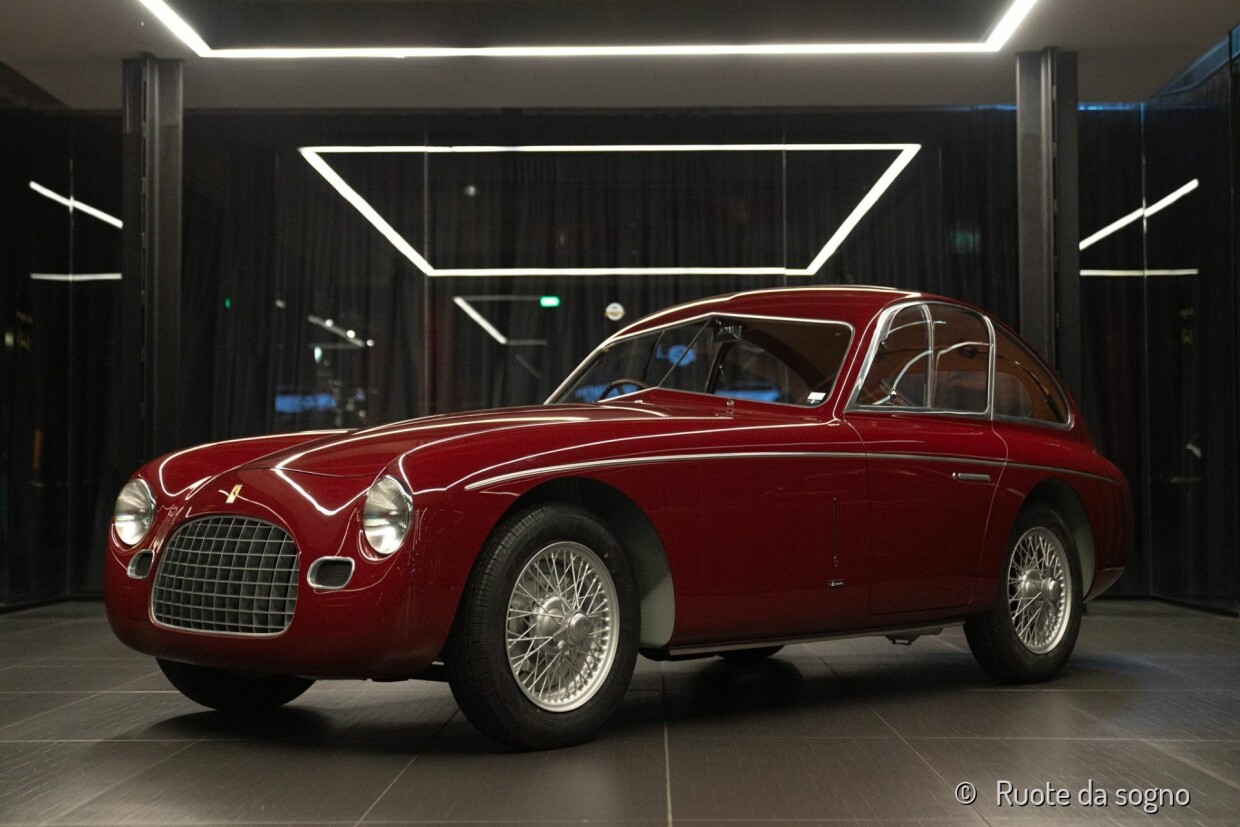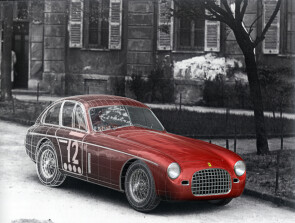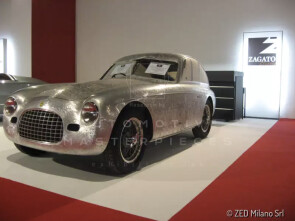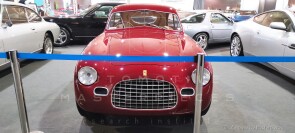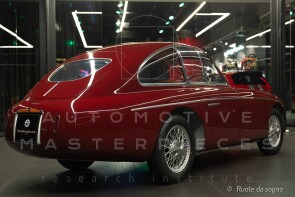
1949 Ferrari 166 Panoramica Sanction II
ON/OFF
Why am I an Automotive Masterpiece?
1948 is considered the first true racing season for Ferrari, marked by the debut of the 2-liter version of the 12-cylinder engine, destined for a new model to be used both in the sports category and in Formula Two. It was the beginning of a successful and long-lasting series of cars, the "Tipo 166", which ensured Ferrari's prestige thanks to the first significant international successes. Designed to compete in the 2-liter class, it was an evolution of the 159 S, which in turn was a direct evolution of the first 125, and it debuted as a winner, achieving major successes that year. The 166’s chassis and suspensions had minor changes compared to previous models; it was a dedicated tubular structure designed by Ferrari and produced by Gilco. The car’s engine was the well-tested V12 designed by Gioacchino Colombo, brought to 1995.02 cc to reach the limit of the 2-liter class. Thanks to its 140 hp, it was favored by many gentlemen drivers of the time, while its flexibility and robustness allowed the 166 to be used competitively in any kind of race. As per Ferrari’s use, the car’s name corresponded to the displacement of the single cylinders. In 1953, the 166's built for competition were upgraded with a 9.5:1 compression ratio, individual intakes with three Weber 32 IF/4C carburetors, a new gearbox with synchronized 3rd and 4th gears, and twin fuel pumps. This allowed the 166/53 to produce 160 hp and to stay competitive in the 2-liter class. However, despite these improvements, the successes were limited due to the more competitive Maseratis.
The ‘Panoramica’ bodywork concept, invented by Ugo Zagato in the late Forties, recalls once again the aeronautical vocation of the brand. Built with the cockpit of an aircraft in mind, it meant to optimize visibility and consequently drivability and comfort. One key factor was the use of plexiglass, a type of material that was still innovative at that time. Zagato preferred it to glass because of its objective qualities: light, pliable, and safe. In this way, it became possible to produce extensive transparent surfaces, up to the roof, making the cabins of the Zagato Panoramica’s a lot more habitable than those of traditional coupes, while keeping the weight down. The tail then had the task to link the central part of the car to the waistline and the flanks, which were always low and sleek. Zagato applied these solutions to very diverse cars in spirit and vocation: the Fiat 500’s Zagato and 1100’s, the Lancia Ardea’s, the Alfa Romeo 8C’s 2300, but also an MG YA and a Maserati A6 1500 were all Panoramica. The Ferrari 166 MM Coupé Panoramica (it was described as such in an advertisement that appeared in July 1949 in the magazine ‘L’Automobile’ to celebrate the 30th anniversary of the Carrozzeria Zagato) was born as a race car. This was thanks to Elio Zagato, who envisaged strong racing abilities for the Panoramica-bodied cars, and Antonio Stagnoli, a renowned gentleman driver, who made a specific request for such a car. Both of them, Scuderia Ambrosiana drivers, turned to Enzo Ferrari (who used to call Elio: ‘Zagatino’, i.e., little Zagato) to ask him to produce a Panoramica body for a Ferrari chassis to race in the Mille Miglia. After all, it was a Ferrari that had won the 1948 Mille Miglia, giving the new-born scuderia the opportunity to join the big players in the car racing world. The chassis (numbered 0018M) and the engine (12 cylinders, 2.0 liters), purchased in Maranello, were then taken to Zagato’s workshop in Milan, where they were clad with a light body of thin aluminum panels. It seems that Gioacchino Colombo, a consultant for Ferrari and a friend of Ugo’s, had his say in this, proving that the two brands worked very closely together on the project. The 166 Coupe Panoramica was completed in the summer of ’49 and started racing immediately at the Senigallia track. But its real debut happened the following year: in 1950, it won the Coppa Intereuropa, the Parma-Poggio di Berceto, and the Aosta-Gran San Bernardo races. Unfortunately, it failed to win the Mille Miglia, as it finished only 36th overall and fourth in its class. This disappointing result and at the same time the notion of its big potential in the steeplechases could be the reason why Zagato transformed it into a barchetta ‘siluro’ (torpedo) at the end of 1950.
